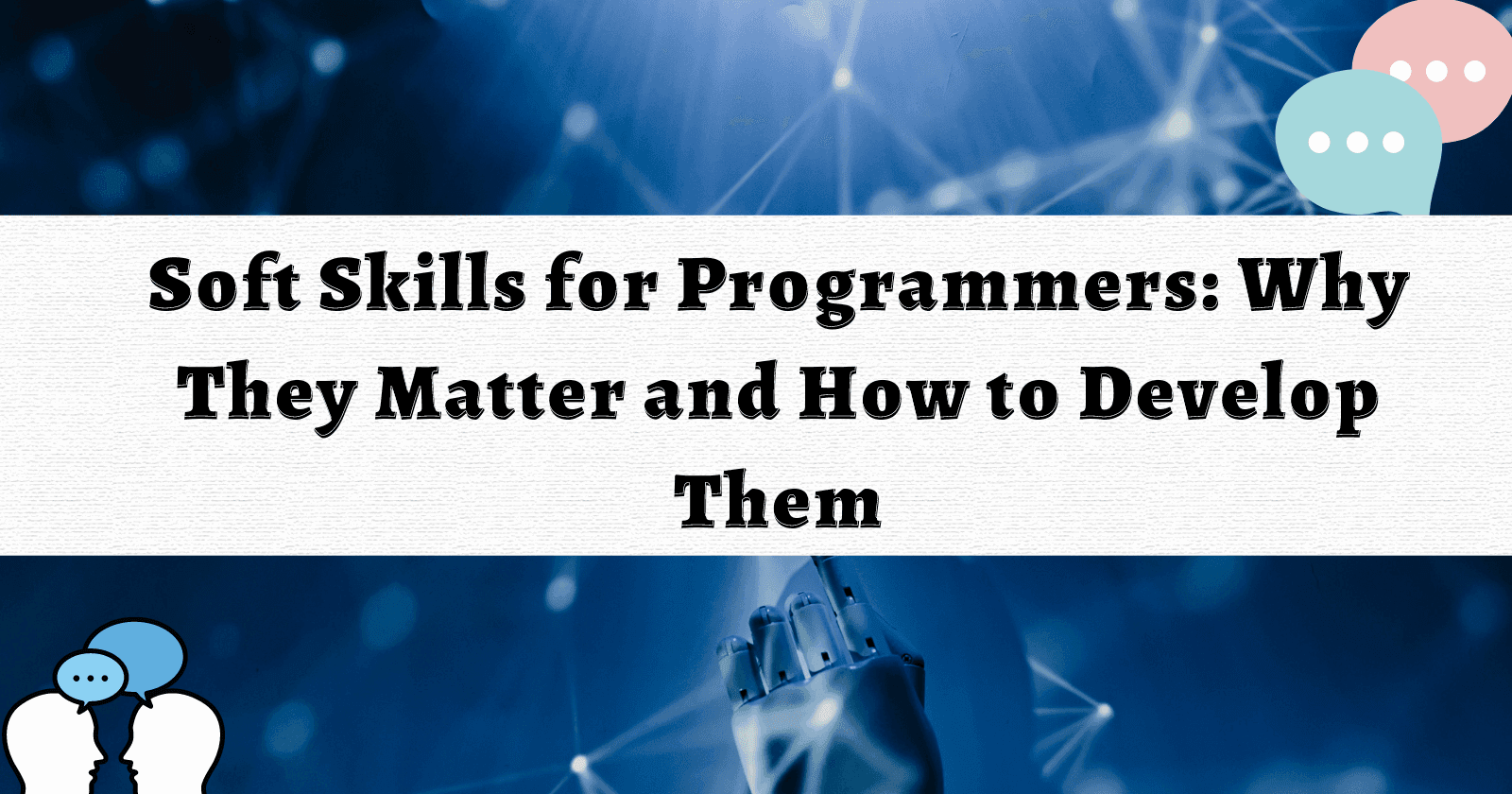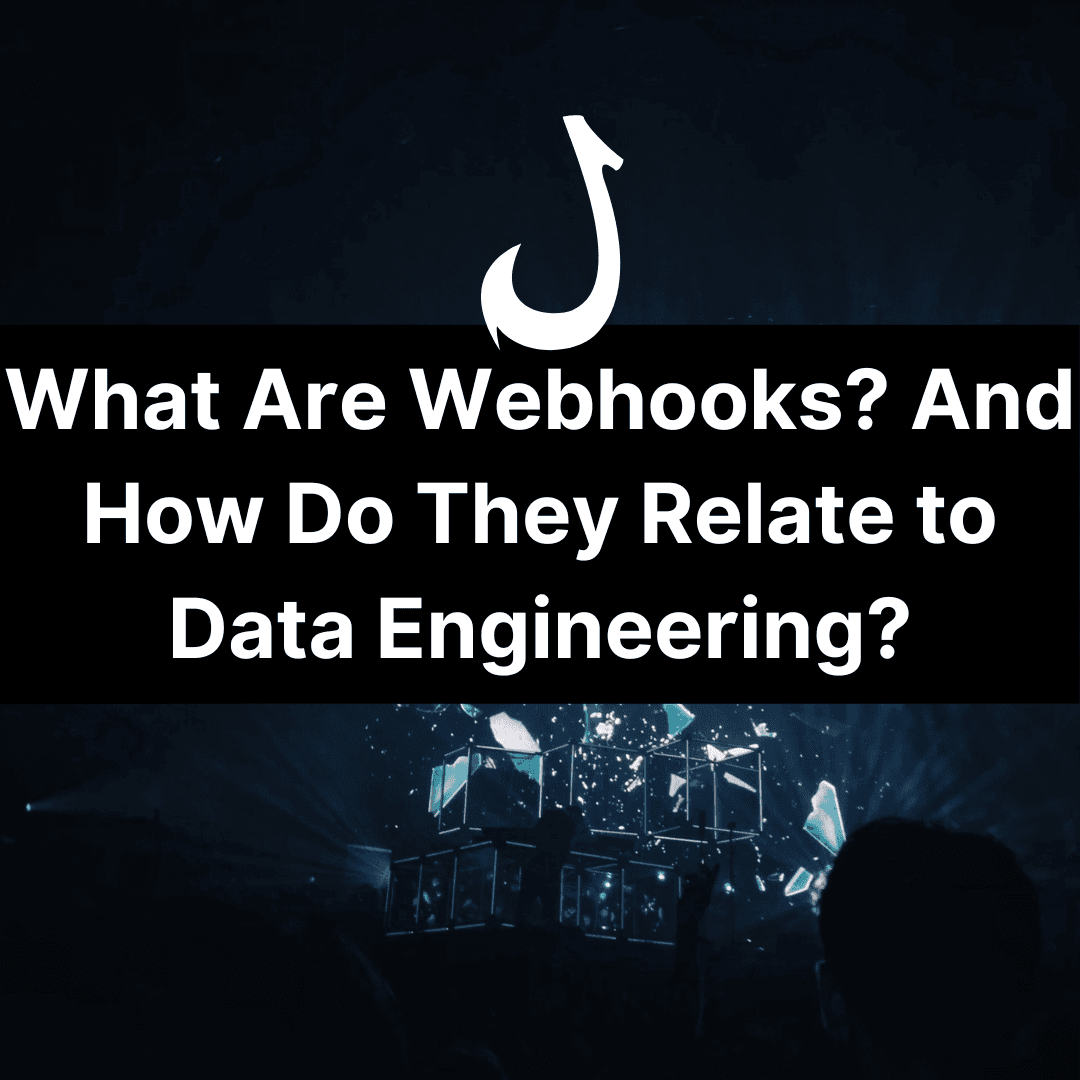Apache Kafka is a fantastic tool for transferring data across apps. It’s frequently used to link together components in a distributed system, and it’s especially useful if you’re working with microservices. Apache Kafka is a back-end system that allows apps to communicate event streams.
A stream of events or messages is published to a Kafka broker topic by an application. Other programmes can consume the stream separately, and messages in the subject can be replayed if necessary.
Kafka Streams is a client library for developing apps and microservices that use Apache Kafka Clusters for input and output data. Kafka Streams combines the ease of writing and deploying standard Java and Scala applications on the client-side with the advantages of Kafka’s server-side cluster technology.
Kafka Stream processing is real-time data processing that is done continuously, concurrently, and record-by-record. Kafka has a number of uses, including real-time processing. Kafka Real-time processing, in essence, is the processing of a continuous stream of data, facilitating real-time data analytics and high-quality pipelines for enterprise-level applications.
In Kafka, real-time processing often entails taking data from a topic (source), performing some analysis or transformation work, and then posting the results back to another topic (sink).
Table of Contents
History of Kafka
Kafka was originally developed by LinkedIn in the early 2010s, and eventually donated to Apache as an open-source store and streaming platform. Its original purpose was to solve data centralisation issues by enabling a clean, dependable way of integrating data across complex systems, i.e. a modern distributed system for data streaming.
Kafka was originally employed on LinkedIn to track activity, including:
- Clicks
- Likes
- Subscriptions
- Orders
- Time spent on page
Such events were published to dedicated Kafka topics, and made available to any number of uses, e.g. loading into a warehouse, or data lake for reporting and analysis.
Other applications subscribe to topics, receive the data, and process it as needed (monitoring, analysis, reports, newsfeeds, personalization, and so on). Kafka is designed for high quantities of data but it isn’t an ETL tool as it’s tricky to perform the types of transformation necessary for ETL with Kafka.
What Does Kafka Do?
Kafka is a low-latency high-throughput data streaming platform written in Scala and Java. It has two fundamental uses:
- Building real-time data streaming pipelines that quickly and accurately move data between systems.
- Building real-time streaming applications that transform or manipulate data streams.
Kafka achieves this by running as a cluster on multiple servers (typically). The cluster essentially stores streams in categories named topics, each of which has a key, value and timestamp which are intrinsic to the Kafka system. Then, there are Producers, which are applications that produce or publish data to topics in Kafka, and Consumers, which subscribe to topics and ingest data from those topics. Partitions divide data to accelerate performance by using different brokers (servers) which comprise the cluster.
Kafka replaces batch processing with stream processing, which is much quicker and more efficient for modern IT systems. It’s fairly simple conceptually, combining messaging, storage, and stream processing to facilitate data streaming.

What Are Kafka Streams?
You can use Kafka Streams, which is a client library, to process and analyse Kafka data.
Because Kafka Streams has a low entry barrier, you can quickly create and operate a small-scale proof-of-concept on a single system. To scale up to high-volume production workloads, we simply need to run more instances of our programme across many machines.
Here are some important facts about Kafka Streams:
- Because Kafka Stream is a simple and lightweight client library, it may easily be included in any Java programme and connected with any current packaging, deployment, and operational tools for streaming applications.
- Except for Apache Kafka as the internal communications layer, there are no external dependencies on systems.
- It enables the fault-tolerant local state in order to support extremely quick and efficient stateful operations (windowed joins and aggregations).
- It provides exact-once processing semantics to ensure that each record is processed only once and only once, even if Streams clients or Kafka brokers fail in the middle of processing.
- The company uses one-record-at-a-time processing to achieve millisecond processing latency. It also allows event-time based windowing procedures, which is helpful when records arrive late.
- It includes required stream processing primitives, as well as a high-level Streams DSL and a low-level Processor API.
Topology of Streaming Processing in Kafka
- The most fundamental concept in Kafka Streams is that of a stream. It essentially symbolises an infinite, constantly updating data set. A stream is a fault-tolerant series of immutable data records described as a key-value pair.
- Furthermore, any programme that employs the Kafka Streams library qualifies as a stream processing application.
- There is a node known as a stream processor in the Stream processor topology. It is a processing step that transforms data in streams by receiving one input record at a time from the topology’s upstream processors and applying the operation to it. In addition, one or more output records may be produced and sent to the downstream processors.
Kafka Stream Use Cases
Many enterprises utilise Kafka for various purposes.
- Financial organizations use Kafka to process payments and transactions in real-time, also extending to security, where Kafka can facilitate instant blocking of fraudulent transactions. Kafka is also used to update financial records or dashboards with costs and market prices.
- Kafka facilitates predictive maintenance in IoT systems, where models are used to analyze streams of measurements and metrics from equipment and trigger warnings once they detect anomalies and deviations that indicate equipment wear and failure.
- Autonomous vehicles (AVs), which use real-time data processing to analyse and react to environmental stimuli in physical environments.
- Kafka is used in logistics and supply chains, e.g. in tracking applications.
Below are some specific examples of Kafka uses cases which illustrate real-time data processing or user-activity tracking pipelines:
The New York times
The New York Times is one of the most widely circulated publications in the United States.
It makes use of Apache Kafka and the Kafka Streams to store and distribute published content in real-time to the various applications and systems that make it available to readers.
Zalando
As Europe’s leading online fashion retailer, Zalando utilizes Kafka as an ESB (Enterprise Service Bus). This aids their migration from a monolithic to a microservices architecture. Their technical team also performs near-real-time business intelligence using Kafka for processing event streams.
Line
Line employs Apache Kafka as a central data hub for its services in order to connect with one another. Hundreds of billions of messages are sent out every day, and they’re used for business logic, threat detection, search indexing, and data analysis, just like in Line.
Kafka also aids LINE in reliably transforming and filtering topics, allowing customers to consume sub-topics quickly while maintaining easy maintainability.
Pinterest employs Apache Kafka and the Kafka Streams at a big scale to run their real-time, predictive budgeting solution for their advertising infrastructure. With Kafka Streams, spending forecasts are more precise than ever.
Rabobank
The Rabobank Business Event Bus is powered by Apache Kafka, a digital nervous system. It’s one of the country’s three largest banks. This service notifies consumers about financial happenings in real-time using Kafka Streams.
Summary: Apache Kafka 101
Kafka is used for data streaming and functions via a distributed topology. Streaming departs from batch processing, facilitating second-to-second data transfer and analysis. While this isn’t always desirable, Kafka has become fundamental in many use cases that require timely data transfer.
Kafka is a essentially a streaming platform, but not a streaming ETL, as it’s capable of storing, publishing and subscribing data streams as they occur in a system.
What is Apache Kafka?
Kafka is a streaming platform capable of providing data to multiple systems in real-time. It’s highly flexible and can handle large volumes of data, but is only typically viable when minimal data transformation is required in the pipeline. Essentially, Kafka accommodates the extraction and loading of data, without being explicitly useful for transforming the data.
What is Apache Kafka used for?
Kafka is a data streaming platform that’s employed in numerous sectors and industries. For example, banks could use Kafka to stream and update multiple transactions to multiple systems in real-time.
How do you use Kafka?
Kafka is a distributed system consiting of servers grouped in clusters and clients that communicate using TCP network protocols.

